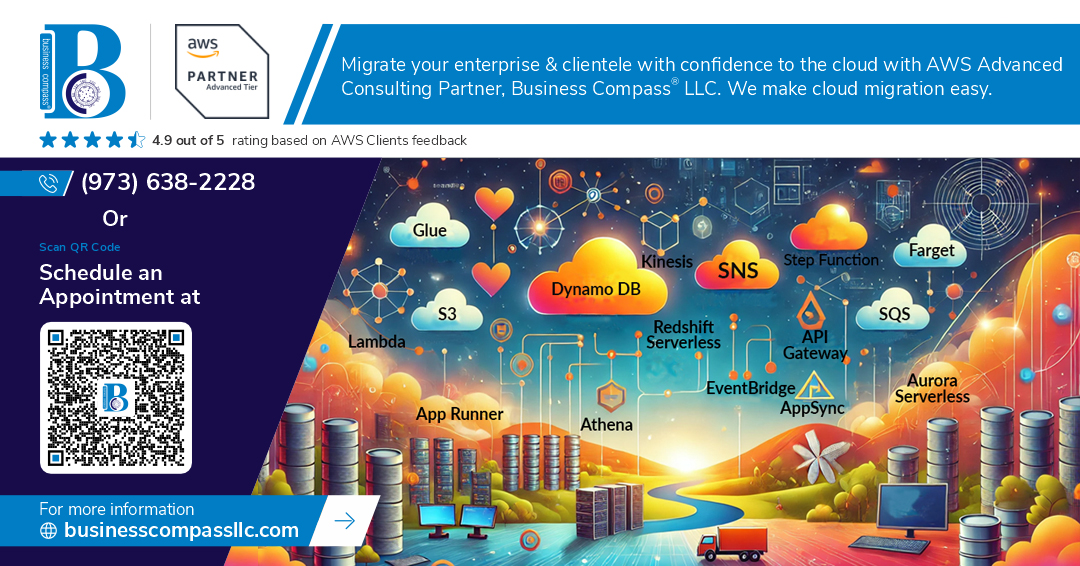Effortless Serverless Deployment: A Step-by-Step Guide to Hosting Django Apps on AWS with Zappa
Serverless architecture revolutionizes how developers deploy and manage applications by eliminating the need to provision servers. For Django developers, Zappa offers a powerful tool to deploy applications on AWS Lambda, enabling scalability, cost-efficiency, and seamless management. This guide will walk you through deploying a serverless Django application using Zappa, covering everything from environment preparation to streamlining deployment with Terraform.
Why Serverless and Zappa for Django?
Deploying Django applications in a serverless environment combines its robustness with the scalability and cost benefits of AWS Lambda. Zappa simplifies this process by abstracting the complexities of Lambda deployment. Here's why you should consider Zappa:
Automatic Scaling: Your application scales dynamically with demand.
Cost-Effectiveness: You only pay for computing time used.
Simplified Management: No servers to manage or maintain.
Fast Deployment: Zappa automates much of the deployment process.
Preparing Your AWS Environment
1. Creating an AWS Account
Sign up for an AWS account at aws.amazon.com.
Set up billing alerts to monitor costs effectively.
2. Setting up AWS Credentials on Your Local Machine
Install the AWS CLI:
pip install awscli
Configure the AWS CLI with your credentials:
aws configure
Provide your Access Key, Secret Key, default region, and output format.
Network Infrastructure Setup
1. Creating a VPC
Use the AWS Management Console to create a VPC with:
A CIDR block (e.g., 10.0.0.0/16).
2. Configuring Public and Private Subnets
Create subnets for both public and private resources.
3. Setting Up Route Tables, Internet Gateway, Elastic IPs, and NAT Gateway
Attach an Internet Gateway to the VPC.
Configure a NAT Gateway for private subnets to access the internet.
4. Managing Security Groups
Set up security groups with rules to allow:
HTTP/HTTPS traffic for the application.
Database access within private subnets.
5. Creating a PostgreSQL Database in RDS
Launch a PostgreSQL database instance in RDS within the private subnet.
Note the database endpoint for configuring Django settings.
Building Your Django Project
1. Setting Up the Django Project Structure
Initialize a Django project:
django-admin startproject myproject
Install necessary dependencies:
pip install django psycopg2-binary boto3 zappa
2. Installing Zappa
Add Zappa to your project:
pip install zappa
Configuring Zappa Deployment
1. Initializing Zappa Configuration
Initialize Zappa:
zappa init
Configure deployment settings, including the S3 bucket and AWS region.
2. Creating Environment Configuration in S3
Store sensitive settings like database credentials in an S3 bucket.
3. Modifying Zappa and Django Settings
Update Django settings.py:
Add an S3 bucket for static files.
Configure allowed hosts and database settings for RDS.
Managing Static Files and Migrations
1. Configuring S3 for Static Files
Use django-storages to handle static files:
pip install django-storages
Update settings.py to configure S3 as the backend for static files.
2. Implementing Migrations with Zappa
Run migrations in the Zappa environment:
zappa manage dev migrate
Accessing and Securing Your Application
Zappa will provide an API Gateway URL after deployment. Use this URL to access your application.
Secure your application using AWS WAF and HTTPS via an SSL certificate from AWS ACM.
Next Steps: Streamlining Your Deployment with Terraform
Terraform enables Infrastructure as Code (IaC), automating your AWS resource provisioning:
Write Terraform configuration files for your VPC, subnets, security groups, and RDS database.
Use Terraform to manage S3 buckets for Zappa configurations and static files.
Automate deployment workflows by integrating Terraform with CI/CD pipelines.
References
Deploy and scale Django applications on AWS App Runner

Comments
Post a Comment